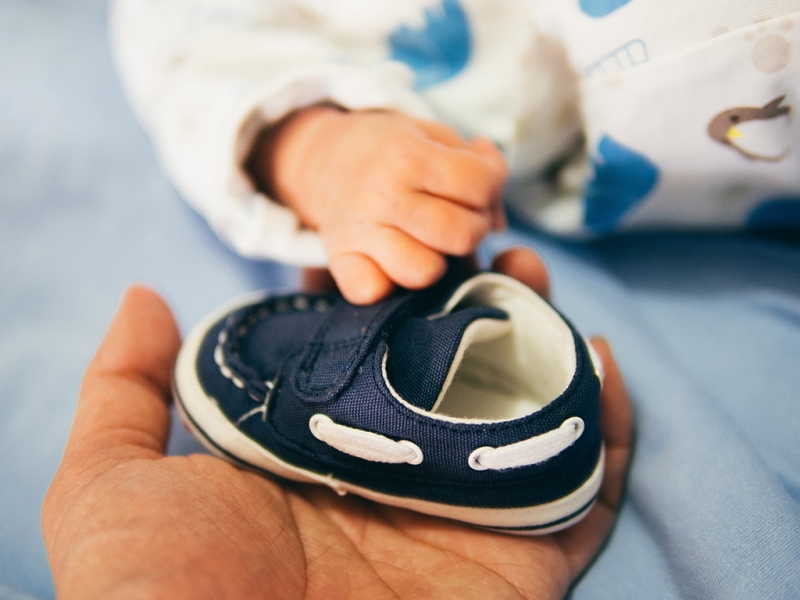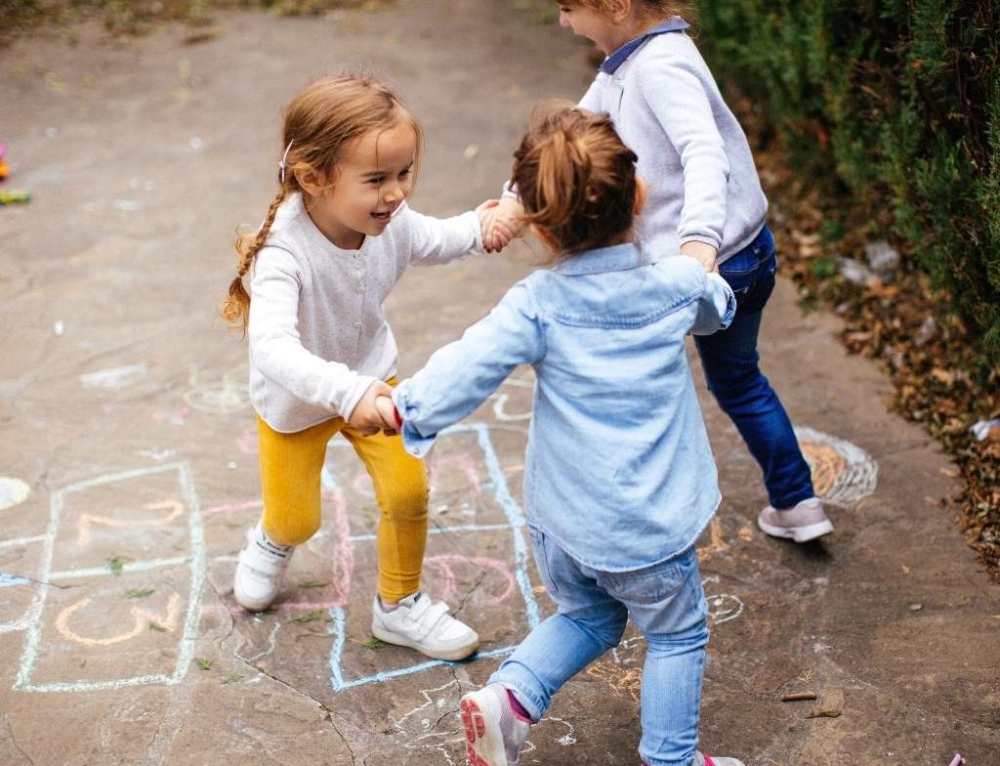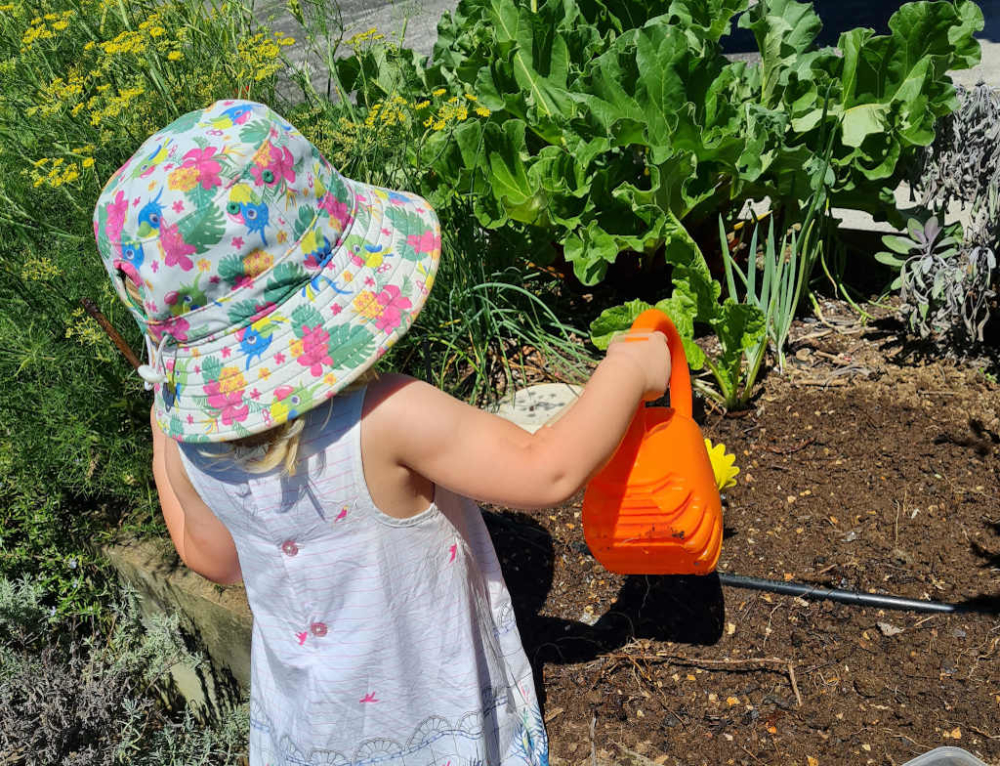The moment after your baby takes her first step unassisted, you may be tempted to rush her straight to the shoe shop to celebrate the momentous event with a beautiful pair of proper shoes. But the what and when of buying your baby’s first pair of shoes is (of course!) a little more complicated than that.
How your baby’s feet develop:
When your baby is born, she has only 22 of the 26 bones in her feet – the remaining four bones will slowly develop while her foot grows to its full adult length. So while her feet are developing, it’s very important that she wear properly fitted and appropriate footwear to avoid problems later in life.
- Buying your toddler’s first shoes:
- While she’s learning to walk, your toddler will feel the ground best with bare feet.
- Don’t buy shoes until she’s been walking for at least six weeks. She needs to be confidently walking before you put shoes on her feet.
- Her first shoes don’t need to be additionally supportive. It’s much more beneficial if your toddler’s first pair of shoes is, as much as possible, like being barefoot. Try getting a pair of soft-soled, non-skid bootee style shoes.
- For indoors, her shoes should keep her feet warm and prevent slipping on wooden or tiled floors.
- While walking outdoors, a shoe should protect your toddler’s feet from sharp objects, and wet, dirty or hot ground.
- Try to pick shoes that are easy and fast to get on and off. Velcro, buckles and elastic straps are popular choices. While shoelaces are fine, they can sometimes present a challenge with a non-cooperative toddler.
- A good fit is very important. Have shoes fitted properly by an experienced fitter to ensure that there is enough room for growth and the width is correct. A well fitted shoe should allow your child to act as though she has no shoes on at all. At this age, she shouldn’t have to ‘break’ her shoes in.
- It’s much better to have one good-quality pair of leather shoes than two pairs of cute shoes she can’t walk in properly.
- Have her shoes regularly checked for fit as her feet will grow, on average, two full sizes a year until she’s five years old.
- Buy shoes made out of breathable, absorbent materials – such as leather – are her feet sweat twice as much as an adult’s foot.
What to check when buying your toddler shoes:
- Is the shoe light and flexible? Check that the toe of the shoe bends easily and that the shoe isn’t so stiff or chunky that your toddler won’t be able to flex her foot inside the shoe.
- Will the heel of the shoe give enough support to the ankle? All shoes at this age, including sandals, should have an enclosed heel to give maximum support to the ankle. Try holding the back of the shoe in you hand and squeezing the sides together – if the shoe is firm enough, they shouldn’t meet.
- Is the ‘last’ the right shape? A shoe’s last is the shape of the sole, and in a child’s shoe it should be straight, never curved. You can check this by turning the shoe over and looking at the shape of the sole.
- Are these the best shoes for my child? Don’t be seduced by the brand name of shoes. Italian shoes are not always better. Choose the shoe that fits your child best.
Other types of shoes:
- Sneakers. Most sneakers are appropriate as long as they are correctly fitted and are suitably supportive.
- Plastic shoes (jellies). Plastic shoes aren’t recommended – not only do they not allow the foot to breathe, they make the foot sweat a lot which causes it to slide around in the shoe and creates blisters – if you do own a pair, make sure that they’re only worn for short periods of time.
- Gumboots and thongs. You can’t go past gumboots when it’s wet outside and thongs are unbeatable on the beach, but neither should be your child’s everyday shoes.
- Second hand shoes. The downsides to second-hand shoes are that you can’t get them properly fitted, and that both the inside and outside of the shoes are usually worn and moulded to someone else’s foot, so they’re never truly going to fit the interior of the shoes.
This article was written by Ella Walsh for Kidspot. Sources include SA Government’s Parenting and Child Health, Raising Children Network and Vic. Govt’s Better Health Channel







Leave A Comment
You must be logged in to post a comment.